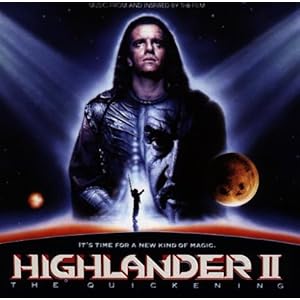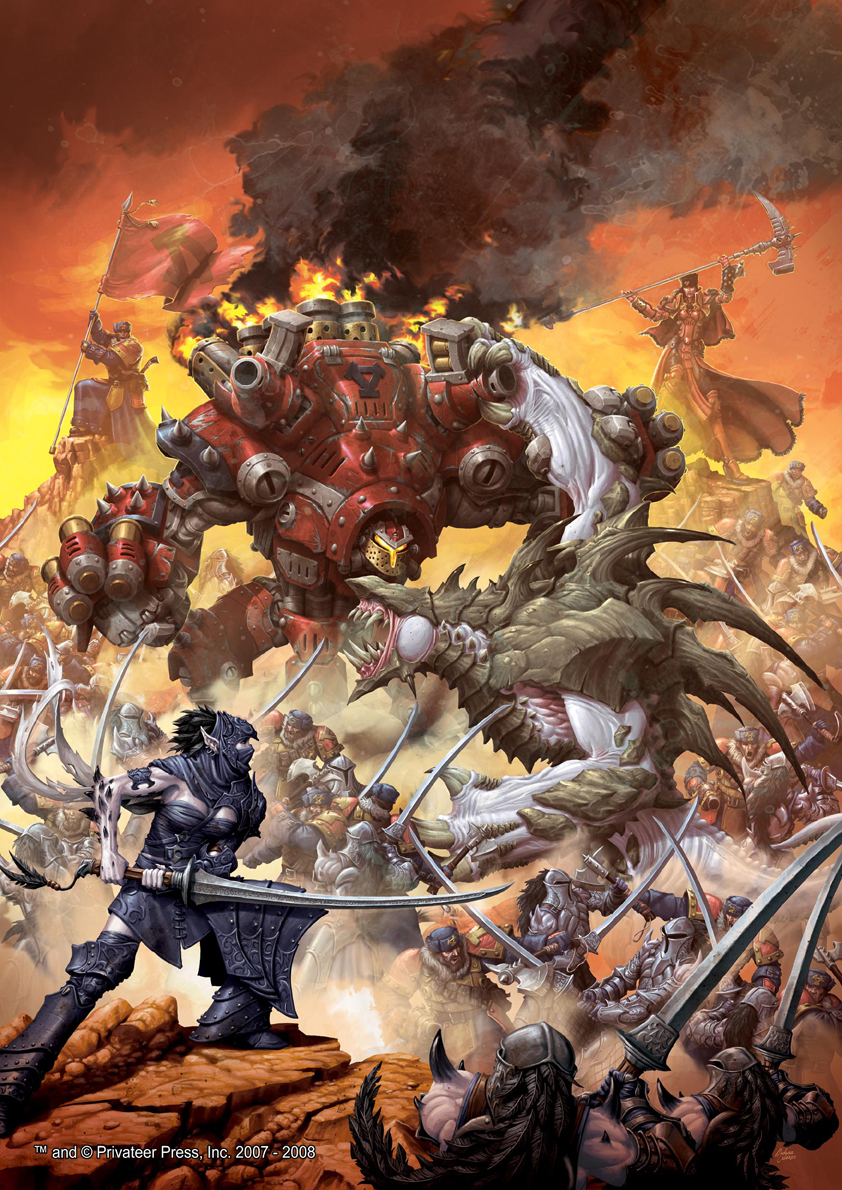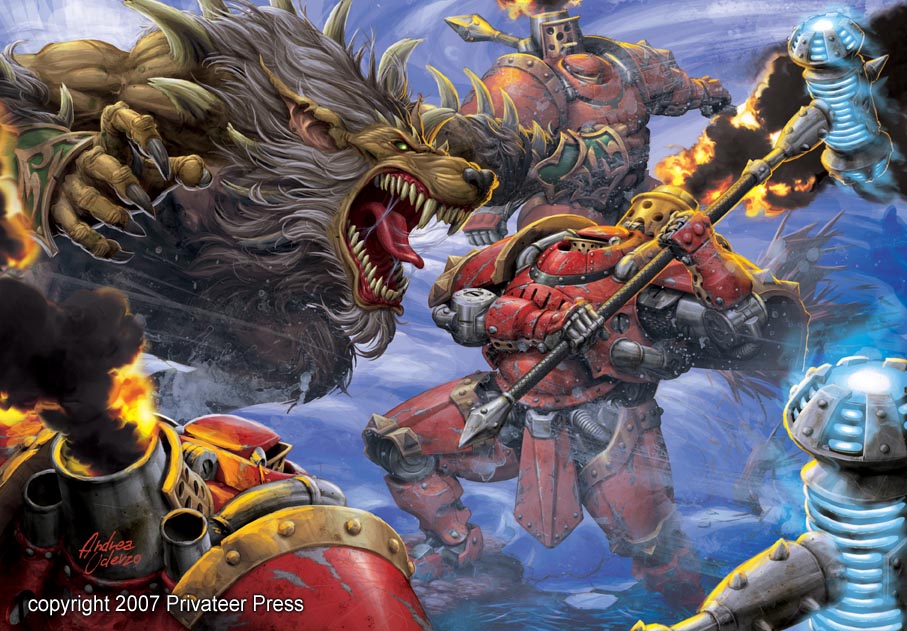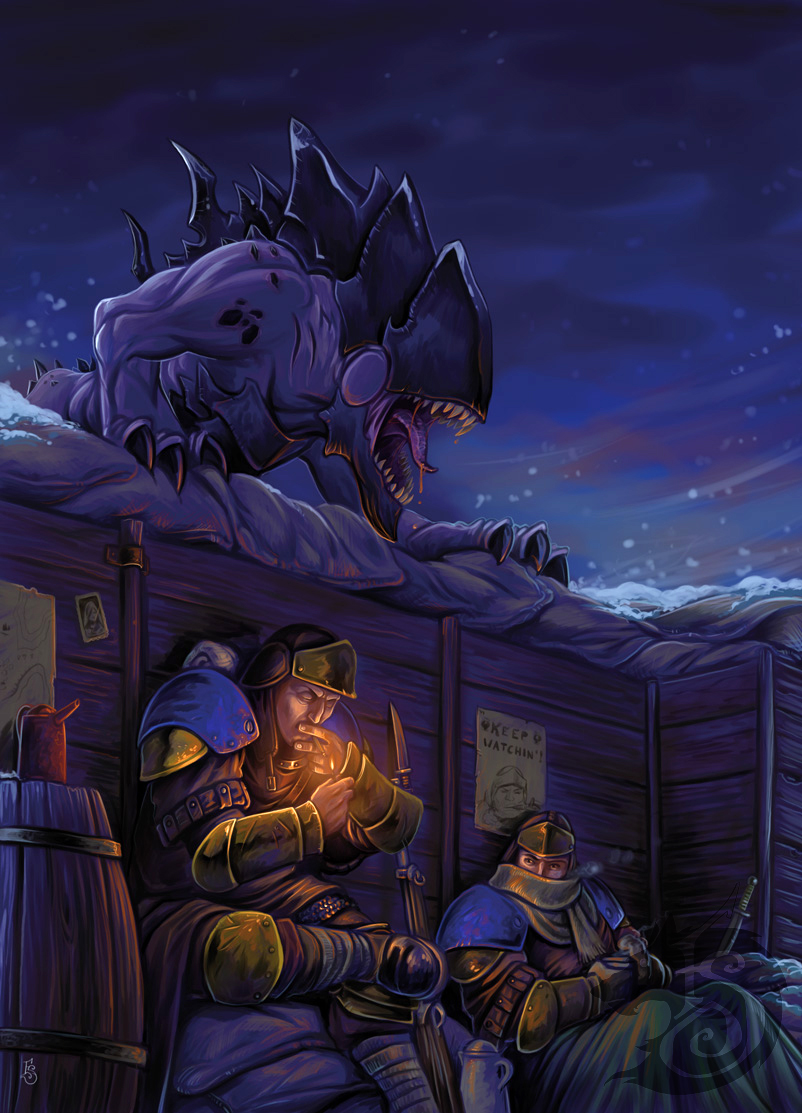Part IV - The Armies
There is a great paradox when it comes to army selection in these two games. 40k has a lot more options for armies to play, but you don't actually see that variation in play as much as you would expect.
A case in point is our beloved space marines. Rumour has it that over 50% of all 40k armies are Space Marine armies. My anecdotal observations certainly show this to be the case. It's pretty obvious why Space Marines rule the roost in 40k land. They are cool, easy to paint, on all the posters, in the starter boxes, the narratives are written mostly from their perspective, comparatively cheap and forgiving to play.
 |
| PINK MARINES |
What this means is you have plenty of painting options. If you really want a bright pink space marine army you can have one.
So while there are loads of armies to pick from, most people pick Space marines. It's understandable as they have such great appeal but it does tend to make most armies designed for one thing..... killing Space Marines.
So of the 16 codex's currently playable 7 are Space Marines of some flavour and they seem to be the ones you see the most. Some, like the Dark Angels differ from the core space marine codex only in small way, others like Chaos Space Marines differ a lot. But at the end of the day your core troops are Space Marines
The rest of the armies are a mix of early 40k mentality (Warhammer Fantasy IN SPACE) and the later unique 40k add ons. Each one has it's own flavor and style, I just wish we saw more of them. I'd like to give a nod to the Tau as being something uniquely 40k (while being inspired by Anime and the Phantom Menace for sure). At least they aren't OGRE KINGDOMS IN SPACE...... or chaos dwarves in space.... oh wait...
 |
| NOT A TAU TANK |
I also love Orks as they have made them very characterful, Imperial Guard as they can appeal to the WWII gamer as well, Tyranids as I loved Starship Troopers and Necrons, because they are cool.
This gets me on to an issue about how GW does it's development cycle, which I think is a fundamental flaw that lets many of their armies and players down. Necron's are working with a codex that is so out of date it's unreal, with no new models in a decade as well. Instead of evolving each army over time in parrallel development GW has decided that throwing all attention on one force for a few months, with a new codex and models is the way to go. This leads to a frequent complaint from 40k players, myself included, which is that armies end up out of balance, feel unsupported, or just have rule sets so out of date they make no sense in new editions.
This was the final nail in the coffin for me playing 40k. I have a sisters of battle army and after a decade of no new codex I eagerly awaited the White Dwarf codex, which was awful. It killed the flavour of the army and generally killed my enthusiasm for the game. Does it really take 10 years to put out that mediocre effort?
Comparing this to Warmachine and you have a decided advantage to privateer press. While they have less armies in their game (11 compared to 16 in 40k, and yes i'm counting Hordes as it's a compatible game) each army receives updates at the same time, with new models and units being released periodically for everyone. The models also come with their rules printed on a card in the box.
 |
| Hi, I'm Cynar Blue, lets be friends |
Part IV and a bit, army selection
This is really where things get different between the games, how you pick a force. First thing to note is that 40k breaks down at low point values and that Warmachine gets too cumbersome at high point values.
40k has the force organization chart, which prevents people from fielding an army entirely made out of the single most hardcore unit they can find. Warmachine has a field allocation system, but its not that restrictive. (Occasionally you have to only have 1 evil kick ass solo when you want 5 of them)
This is all down to a fundamental attitude difference between the games. 40k is trying to balance things out and make armies nice and even where possible. Warmachine is encouraging you to power game and combo build. If what you make is overpowered, don't worry someone else will have made an army that is your perfect foil.
This leads to 40k HQ units being a bit dry in comparison to Warmachine. The average Warcaster has considerably more unique powers than even the flashiest 40k HQ selection.
However, Warmachine is definitely less friendly and forgiving in its army selection.
A standard marine army like this one here, with a smattering of random units from the force selection chart will do alright in most games, there aren't too many bad choices as such.
In Warmachine, it's not about what you pick, its how they work together. Units have unique powers and each Warcaster provides very different buffs to it's army. Cygnar Sword Knights are a mediocre melee unit by themselves, give them a cheap Warjack with a reach weapon as support and all of a sudden they are very good.
Your Warcaster is key, selecting units that compliment this key character is the way to play the game. If you caster likes to sit at range, shoot and boost shooting abilities you had better get them some shooting units.
The learning curve is considerably higher with Warmachine, you can't just pick models that look good together, they need to work together as well. This means 40k, and especially our Space Marine friends are a lot friendlier to new players than anything in Warmachine.
Many top level 40k players would disagree with me on this assessment but I feel it is true.
Part Five - The Rules
In my opinion 40k is the easier game to learn and to play.
Mechanically, GW have worked to streamline the game play as much as humanly possible over the last three editions of 40k. It works faster than warmachine, it can handle a lot of models, and it flows very well.
This can lead to a bit of homogeneity between races and units that GW have been working to remove (Orks used to have WS3, BS3 before being changed in 3rd edition to WS4 BS2 to give more character)
The current rules have true line of sight, which are an absolute nightmare in games and leads to some funny discussion about someones leg showing out from a rock. This is the single biggest annoyance with the game rules
Cover saves have also become incredibly good in the last edition along with brutal assault rules. This has reduced the effectiveness of stand and shoot armies and promoted a lot more close combat. Armoured vehicles are also very hard to kill so the popular thing to do is design a mechanized army with assault abilities that can kill vehicles and space marines. It's another example of the "more option, less variety" conundrum that besets 40k.
Warmachine has more variety in the stats as it is a 2d6 based system as opposed to 1d6.
Mathematically, adding in the extra dice creates a bell curve effect on dice rolls and many suggest this makes Warmachine more about luck than 40k. Having the 2d6 standard roll does allow unusual things to happen from time to time, but any dice rolling game has an element of luck attached to it. (And poor wargamers blame the dice for all their losses). There is also a boosting mechanic that allows 3,4, and very rarely 5d6 to be rolled.
40k has to hit rolls solely determined by the unit attacking. If a Marine squad is a good shot they will hit a large target just as easily as a small target. While this streamlines the gameplay and makes calculating to hit rolls a nanosecond long activity (My marines always hit on a 3+..... always) It is limiting in another respect.
Warmachine has some units that are low armour but very hard to hit due to having high defence skills. I like the idea of small nimble units being hard to lock onto and kill than a lumbering 20 foot tall warbeast.... it's kinda logical in its own way and it opens up different gameplay opportunities.
Assault is also more streamlined in 40k, but with Warmachines complexity comes additional options with a lot of special attacks and maneuvers. The dichotomy of "simple and elegant" vs "complex and rich" plays out in close combat when you have warjacks doing headlocks and double armed throws in combat.
Warmachine also uses an abstract line of sight system that actually causes less arguments than true line of sight.
Part Six - Gameplay/Tactics
Once you set your armies up and are ready to go for it is when the differences between 40k and Warmachine become blindingly obvious.
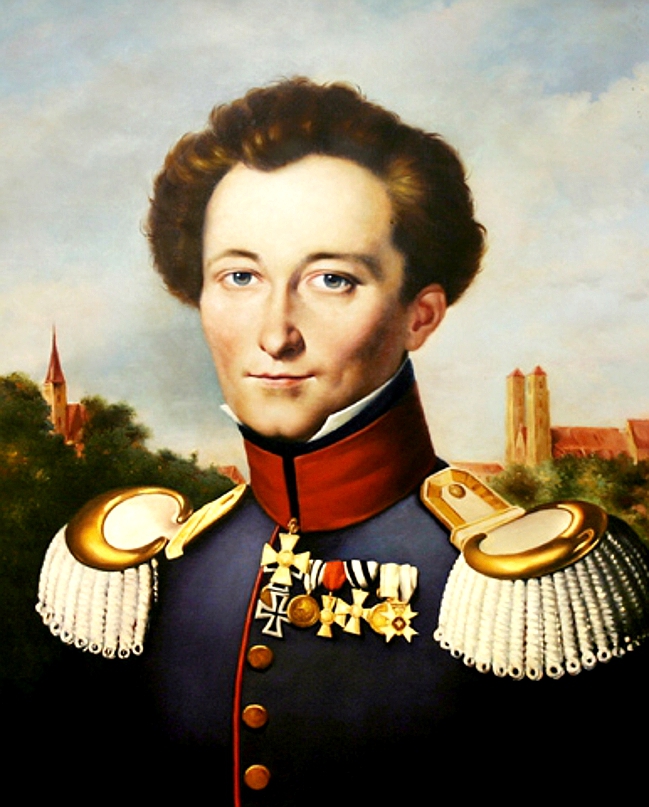 |
| Carl von Clausewitz..... knows about war |
Looking back to Carl von Clausewitz we see that the key strategic imperative in 40k is concentration of force. The idea that if I apply 100% of my forces against 50% of your I should wipe you out while taking 25% casualties so that 75% of my force can defeat your remaining 50% easier.
Warmachine will sometimes have objectives but the key to winning is destroying you opponents Warcaster. Units move slower than 40k and have shorter ranged weapons. Time is not normally a concern but the battles happen up close and personal, so the first few turns are usually maneuver with scattered shooting until you feel you can launch a decisive attack.
This is where the Warcaster feats are critical. Each caster has a once per game special ability that is quite devastating if used well. You try to maneuver to maximize the effectiveness of your own feat while limiting the damage from your opponents. This gives the game a nice maneuver feeling that builds to a critical point as the forces close and each side try to extract maximum value.
Here are more of Clausewitz's ideas in motion, that of maneuver and the decisive point. That combat continues until a decisive point is reached where the outcome is decided. Warmachine is all about getting that point to go in your favor.
Again, the Warmachine doctrine of building synergy's and complimenting powers into your army allows you to extract the best results while maneuvering and implementing your plan at the decisive point in the battle.
Part Seven - Conclusions
In summary this is how I see things
Warhammer 40k Pros
- Simple and elegant rules with a low learning curve
- Wonderful models and a large range
- Good support from Games Workshop stores
- Faster gameplay
- SPACE MARINES IN A GOTHIC DARK FUTURE
- Limited support from GW outside their stores
- Annoying release schedule that neglects armies for a long time
- Too many marines, homogeneity in army selection
- Simplicity makes small games limited fun
- Games can be reduced to simple rushes of transports armed with close combat troops.
- Ongoing support for all armies with new models coming out all the time
- Deeper ruleset allows for more variety in models
- Great community resources and support
- Intricate combination building between units leads to an endless series of armies
- Small games are still fun.... and cheap
- Some ugly older models, limited plastics, and limited logical paint schemes
- No local store support
- Steep learning curve
- Complexity makes very big games painful
- My brain aches when making lists as there is so much to consider
Post updated and edited from original









